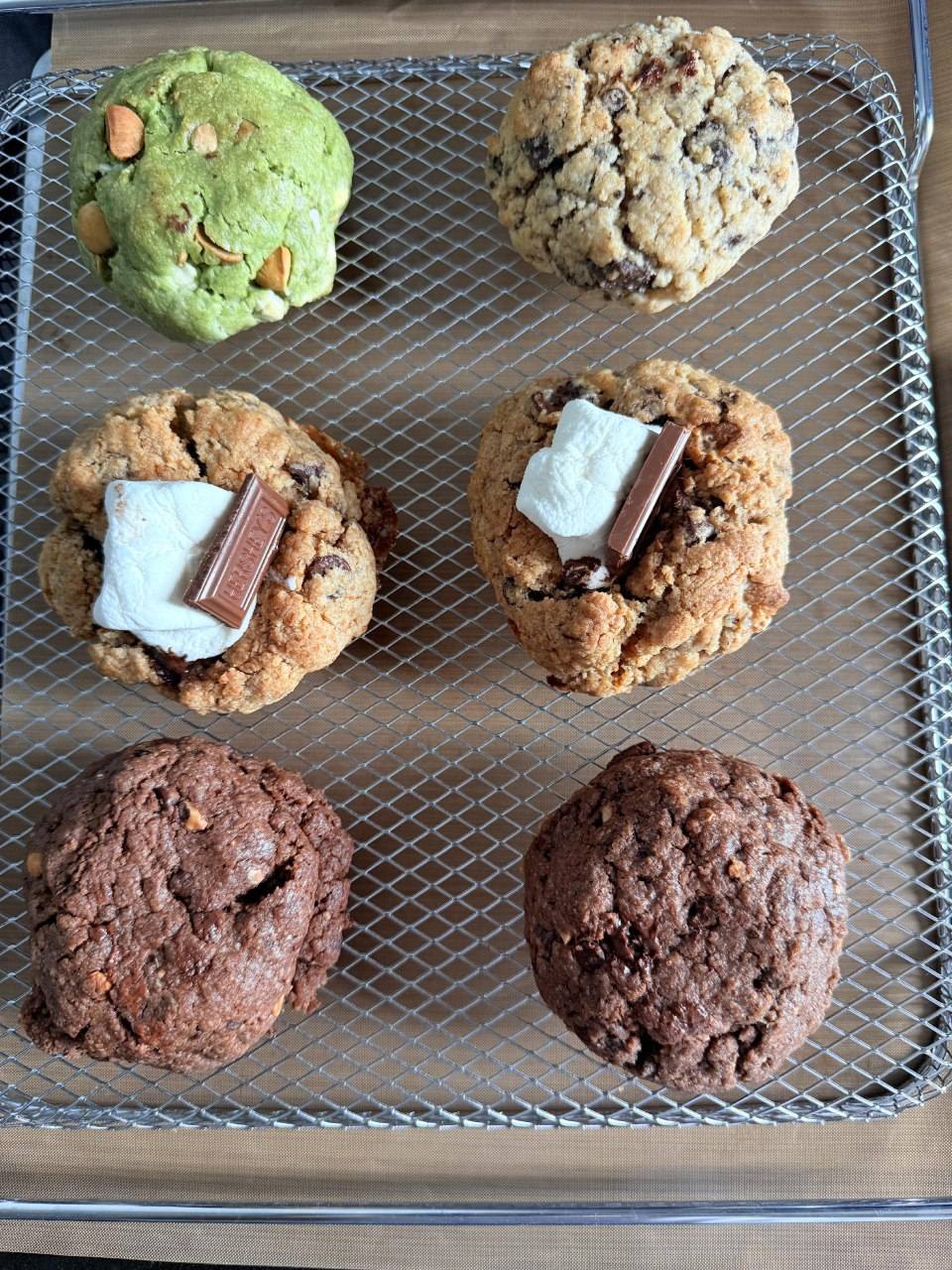ADVERTISEMENT
### **5. Extra Butter and Sugar**
To get that irresistible chewy texture and richness, fat cookies often use more butter and sugar than traditional recipes. This gives them a luxurious mouthfeel, melting in your mouth as you bite into them. The higher fat content also ensures that the cookies stay soft even as they cool, providing a satisfying bite every time.
—
## **3. The Science Behind Making the Perfect Fat Cookie**
Making the perfect fat cookie requires an understanding of how different ingredients interact to create that ideal texture and flavor. It’s not just about throwing together some flour, sugar, and butter—you need to follow the right steps and use the right techniques to ensure your cookies come out perfect every time. Here are some key elements of fat cookie science:
### **1. The Role of Butter**
Butter is one of the most important ingredients in fat cookies. The high-fat content in butter contributes to the cookies’ chewy texture and rich flavor. Butter also helps the cookies spread out evenly during baking. To achieve the perfect fat cookie, you should use **unsalted butter** at room temperature. This will allow you to control the amount of salt in the dough and achieve a smoother texture.
### **2. Sugar: Brown vs. Granulated**
A combination of brown sugar and granulated sugar is often used in fat cookie recipes. **Brown sugar**, which contains molasses, helps create a chewy texture and adds a deeper, caramel-like flavor to the cookies. **Granulated sugar**, on the other hand, contributes to the crispiness of the edges. The balance between these two sugars is crucial in achieving the ideal cookie.
### **3. The Importance of Flour**
Flour is the structure-building ingredient in any cookie dough, but for fat cookies, it’s important to use the right amount. Too much flour will result in a dry, crumbly texture, while too little will prevent the cookies from holding their shape. Typically, fat cookie recipes will call for **all-purpose flour**, and it’s important to measure it correctly to avoid an overly dense dough.
### **4. Eggs and Baking Soda**
Eggs play a crucial role in the structure and texture of fat cookies. The **yolks** add richness, while the **whites** help bind the dough together. **Baking soda** is typically used in fat cookies to help them rise and create that signature soft and chewy texture.
### **5. Chilling the Dough**
One of the secrets to making perfect fat cookies is chilling the dough before baking. Chilling the dough for at least 30 minutes (or even overnight) allows the fats to firm up, which prevents the cookies from spreading too much during baking. This results in a thick, sturdy cookie that holds its shape and texture. It’s a step that should never be skipped!
—
## **4. The Best Fat Cookie Recipe: A Step-by-Step Guide**
Now that we understand the science and history behind fat cookies, it’s time to dive into the ultimate recipe. This fat cookie recipe will give you thick, chewy, and irresistible cookies that will have everyone coming back for more. Here’s how to make them:
### **Ingredients:**
– 2 1/2 cups **all-purpose flour**
– 1 teaspoon **baking soda**
– 1/2 teaspoon **salt**
– 1 cup **unsalted butter** (room temperature)
– 3/4 cup **granulated sugar**
– 3/4 cup **brown sugar** (packed)
– 2 large **eggs**
– 2 teaspoons **vanilla extract**
– 2 cups **chocolate chips** (or a mix of chocolate chips, nuts, or dried fruit)
For Complete Cooking STEPS Please Head On Over To Next Page Or Open button (>) and don’t forget to SHARE with your Facebook friends
